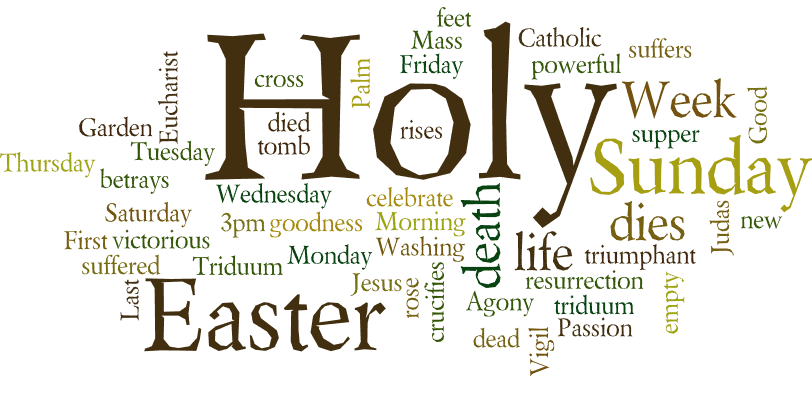What follows is a great series on the last days of Jesus unlike what many of us have probably been taught over our Christian lives. I find it very credible.
Here is a link to a related article on James Tabor's website

 jamestabor.com
jamestabor.com
Clip source: Last Days of Jesus Pt 1-A Temple Takeover Recon - YouTube
Here is a link to a related article on James Tabor's website

Last Days of Jesus: Digging Deeply into the Sources
Once again “Holy Week” has arrived. Today is Palm Sunday, with Easter one week away. It is also the first day of Passover–or more properly speaking, the “days of unleavened …
 jamestabor.com
jamestabor.com
Clip source: Last Days of Jesus Pt 1-A Temple Takeover Recon - YouTube
Summary
- The crowd was ecstatic, shouting messianic praises and laying down garments and branches, demonstrating their belief in Jesus as a king and savior, which transformed the atmosphere into one of hopeful anticipation.
- The journey was a crucial moment leading up to Passover, highlighting the growing support for Jesus, the fulfillment of biblical prophecies, and setting the stage for the events of Holy Week.
Last Days of Jesus Pt 1-A Temple Takeover Recon
The Journey to Jerusalem 00:00
"In mid-March of 30 AD, Jesus and his entourage headed south down the Jordan River Valley to Jerusalem."
- In March 30 AD, Jesus and his followers embarked on a three-day journey to Jerusalem, coinciding with the upcoming Passover festival in early April.
- The group camped along the way, reflecting the diverse composition of the pilgrims, which included Galileans, sympathizers from Judea, and women of means supporting the movement.
The Gathering in Jericho 01:22
"As the group entered Jericho, a huge crowd gathered and a blind man began to cry out, 'Jesus of Nazareth, son of David, have mercy on me.'"
- Upon reaching Jericho, they encountered a significant crowd, where a blind man sought Jesus's help.
- This moment was pivotal as it marked a shift in Jesus's public ministry; he allowed the acknowledgment of his royal status, responding to the blind man's faith by healing him, which drew ecstatic reactions from the crowd.
The Entry into Jerusalem 02:26
"Jesus halted the procession... telling them to find a donkey's colt and bring it to him."
- As Jesus and his followers ascended to Jerusalem, he arranged for a donkey’s colt to fulfill prophetic scripture regarding his entry, specifically referencing the prophecy of Zechariah about the king coming in humility.
- The crowd's excitement manifested as they laid garments and branches on the ground to honor him, openly declaring messianic hymns, which indicated a desire for liberation inspired by the Davidic lineage.
The Purpose of the Entry 04:10
"His purpose was not to lead a mob in revolt but to fulfill certain specific biblical prophecies."
- Jesus's entry was deliberate; rather than inciting rebellion, it was aimed at fulfilling biblical prophecies concerning the Messiah.
- After addressing the crowd, Jesus returned to Bethany with his close circle of disciples, staying with Mary and Martha, emphasizing his connection to his followers and the prophetic mission he was undertaking.
Last edited:
